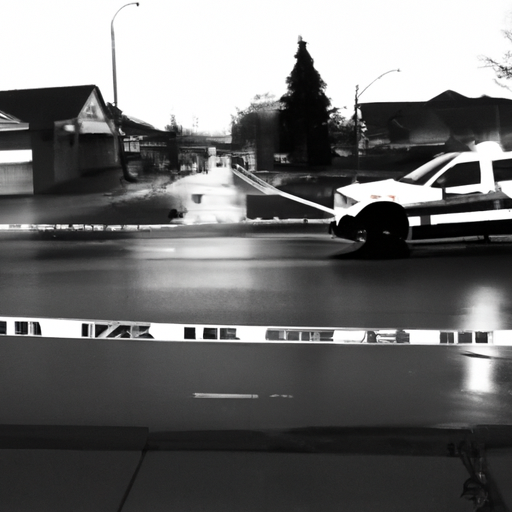Unfolding the Canadian Opioid Crisis: A Closer Look into Hamilton’s Dire Scenario
As Canadians, we find ourselves in the grip of a silent epidemic – an escalating opioid crisis that has steadfastly crept into every fabric of our society, dealing a devastating blow to communities, families, and individuals alike. The effects of this crisis are far-reaching, impacting the social, economic, and legal spheres of our once calm and peaceful cities.
Hamilton Police: Caught in the Crossfire of the Opioid Crisis
In the front lines of this battle, our law enforcement agencies are grappling with an increase in opioid-related crime. A recent article by CTV News sheds light on the link between the opioid crisis and an increase in crime, specifically homicide, in Hamilton’s Stoney Creek area.
Playing out like a scene from a crime drama, the ostensibly peaceful streets of Hamilton are scarred with the indelible marks of substance-related crime, manifesting the most severe outcome of the opioid crisis – the taking of human lives.
Unforgiving Consequences of Opioid Dependency
The opioid crisis goes beyond just dependency – it’s an epidemic that influences crime rates, exacerbates homelessness, and puts an unprecedented strain on our healthcare system. Consider the following findings:
- There is a clear connection between drug dependency, particularly opioids, and the crime rate – a reality recently spotlighted by Hamilton Police.
- The opioid crisis has severely strained local emergency medical services and hospitals, overwhelming our healthcare system.
- The rise in opioid dependency coincides with a surge in homelessness rates in cities like Hamilton.
Strategies to Combat the Opioid Crisis
Numerous efforts are being initiated to combat this epidemic. One of the most effective countermeasures is the provision of naloxone, a life-saving medication that can quickly reverse an opioid overdose. In recent years, the use of naloxone has become a critical tool for law enforcement and emergency medical responders combating the opioid crisis.
An extensive opioid class action has also been proposed as a solution to this crisis. If approved, the class-action lawsuit could provide local governments reimbursement for costs associated with the opioid crisis.
The Role of Civic and Community Leaders
Alongside these initiatives, civic and community leaders have a critical role to play. It is more crucial now more than ever for communities to rally together, support local initiatives, drive awareness, and perpetuate a no-stigma conversation about drug use and dependency.
Through concerted and collective efforts, we can usher in a brighter, healthier future for Hamilton. We have to remember that combating the opioid crisis is steady, incremental work and every step forward counts.
Concluding Remarks
The opioid crisis is a complex and multifaceted issue. It threatens the fabric of our lives, inducing an uptick in crime, and exacerbating socio-economic issues like homelessness. But by using tools like naloxone, enacting policies like the opioid class action, and the tireless dedication of community leaders, we stand a fighting chance in this battle.
We must bear in mind the devastating toll that the opioid crisis has taken on our society. Beyond the increased crime rates and the drain on healthcare resources, opioids have shattered countless lives by leading individuals down a path of destruction. Our collective action against this crisis reflects our commitment to our society and our resolve to safeguard our future generations.
